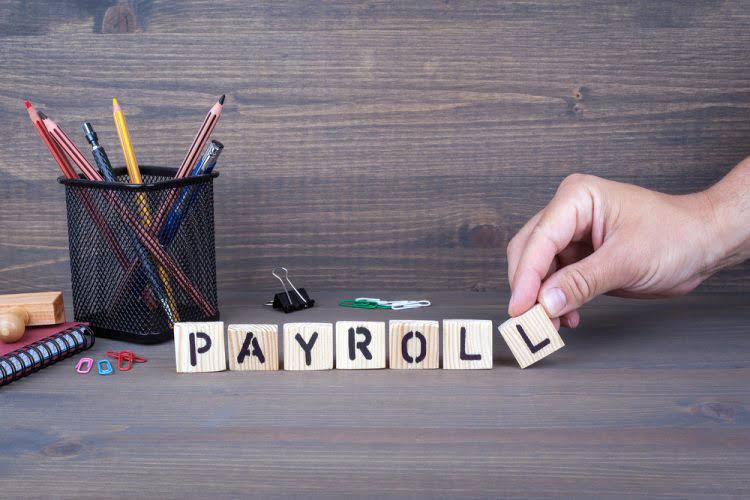
By prioritizing these factors, organizations can make informed decisions that optimize their financial position and operational efficiency. Ultimately, the best choice will depend on a thorough understanding of both lease implications and the company’s long-term objectives. Understanding the tax implications of lease types is crucial for businesses as it affects their financial statements and tax liabilities. The classification of a lease as either operating or capital (finance lease under the new standard) has significant tax consequences. Operating leases are generally considered a rental expense, and payments are typically deductible in the period they are paid or incurred.
Lease Term and Asset’s Economic Life
Under lease classification rules, a capital lease is recognized on the balance sheet as an asset and a corresponding liability. This treatment aligns with the principle that the lessee effectively owns the leased asset, granting them the right to use it for the lease term. The other issue with operating leases is that you cannot depreciate the asset. Since your automobile lease does not typically qualify as a capital lease, then it is considered an operating lease. The downsides are- a) they are limited to the degradation in value only and b) they are not accelerated. The Present Value of the minimum lease payments is 90% or more of the fair value of the assets.
Purchase Option
If you are a sole proprietor, you report computer and other equipment leases on line 9270 of Form T2125. The comprehensive solutions Wilmar provides their clients results in significant cost savings and efficiencies that their clients enjoy. Unlike national firms, Scott and his team are life-long residents of the Charlotte, NC area. Having this ability to provide service continuity is a hallmark of Wilmar. The lessee can avoid the risk of depreciation or maintenance of the asset, as it is the responsibility of the lessor.
- Another consideration is how to treat leases when calculating free cash flow.
- The lessee pays periodic rental payments to the lessor for the right to use the space without assuming the risks and rewards of ownership.
- But the nature of the assets and how it affects your business balance sheet is what we’ll explore today.
- Another important point to bring up is that IFRS allows companies to recognize interest expense on the cash flow statement in either operating activities or financing activities.
Create a free account to unlock this Template
It is a good idea to consult tax professionals for this purpose of capital lease on the balance sheet, which may be complex and may change over time. In a capital lease, there is an agreement between the asset owner, who is the lesser and another party, who is the lessee. However, after the end of the contract the lessee gets ownership of the asset. These leasing arrangements play a pivotal role in business growth, and understanding their distinctions is crucial for making informed decisions and complying with accounting standards such as ASC 842 and IFRS16. The differences between the two concepts of operating lease vs capital lease are explained in the form of infographics below.

If you’re in need of lease accounting help, consider MRI Software’s lease accounting platform, AI lease abstraction software, or commercial lease administration services. Understanding how a lease is classified and its impact to the business will equip your https://www.bookstime.com/ company to successfully maintain compliance under ASC 842. If the asset is of such specialized nature it offers no alternative use after the lease term ends, then the lease is classified as finance. Each year, the sum of the lease Interest expense and the lease payment must equal the annual lease expense, which we confirm at the bottom of our model. The first step is to estimate the carrying value of the right-of-use (ROU) asset, approximated as the net present value (NPV) of all future rental expenses.
Year-end File On Capital Leases

He understands and appreciates all facets of the industry and the businesses that make it up. Outsource Accelerator is the leading Business Process Outsourcing (BPO) marketplace globally. We are the trusted, independent resource for businesses of all sizes to explore, initiate, and embed outsourcing into their operations. If you’re navigating lease decisions, expanding operations, or prepping for financing, let’s chat. We’ll help you connect the dots between finance and strategy—without the jargon.

Introduction to Lease Classification

For the remainder of the lease term, the imputed interest expense will be calculated using the same methodology in order to determine the interest expense paid per year. Also if you happen to be involved with Bookkeeping for Startups a Private Foundation be sure to recognize if you are a disqualified person. Be advised that the leasing of property between a disqualified person and a private foundation is an act of self-dealing.

Some key differences of the two topics have been highlighted below for better understanding. The software centralizes lease management data which allows for easy tracking of key dates like capital vs operating lease renewals and terminations. It also generates detailed reports that provide a comprehensive overview of lease portfolios. The consolidated view helps management have all the information they need to make informed decisions.
- This step-by-step guide covers the basics of lease accounting according to IFRS and US GAAP.
- In summary, capital leases are treated more like asset purchases with financing, while operating leases are treated as rental agreements without ownership transfer.
- This type of lease allows businesses to utilize assets for specific projects or needs without committing to long-term ownership.
- If you can purchase the items you are leasing it, if there is no purchase option it is an operating lease.
- If all of the criteria are true, then it will be accounted for a capital lease.
Both types of leases offer unique benefits and drawbacks, depending on your company’s financial goals and lease needs. In contrast, operating leases typically benefit companies that anticipate swapping out equipment regularly or cannot justify holding onto it for an extended period. If your startup deals in dynamic technology—like advanced computing servers or mobile devices—a short-term operating lease spares you from stuck ownership when the next big upgrade comes along. These leases also tend to carry fewer upfront costs, letting you reinvest capital in other areas of growth.

